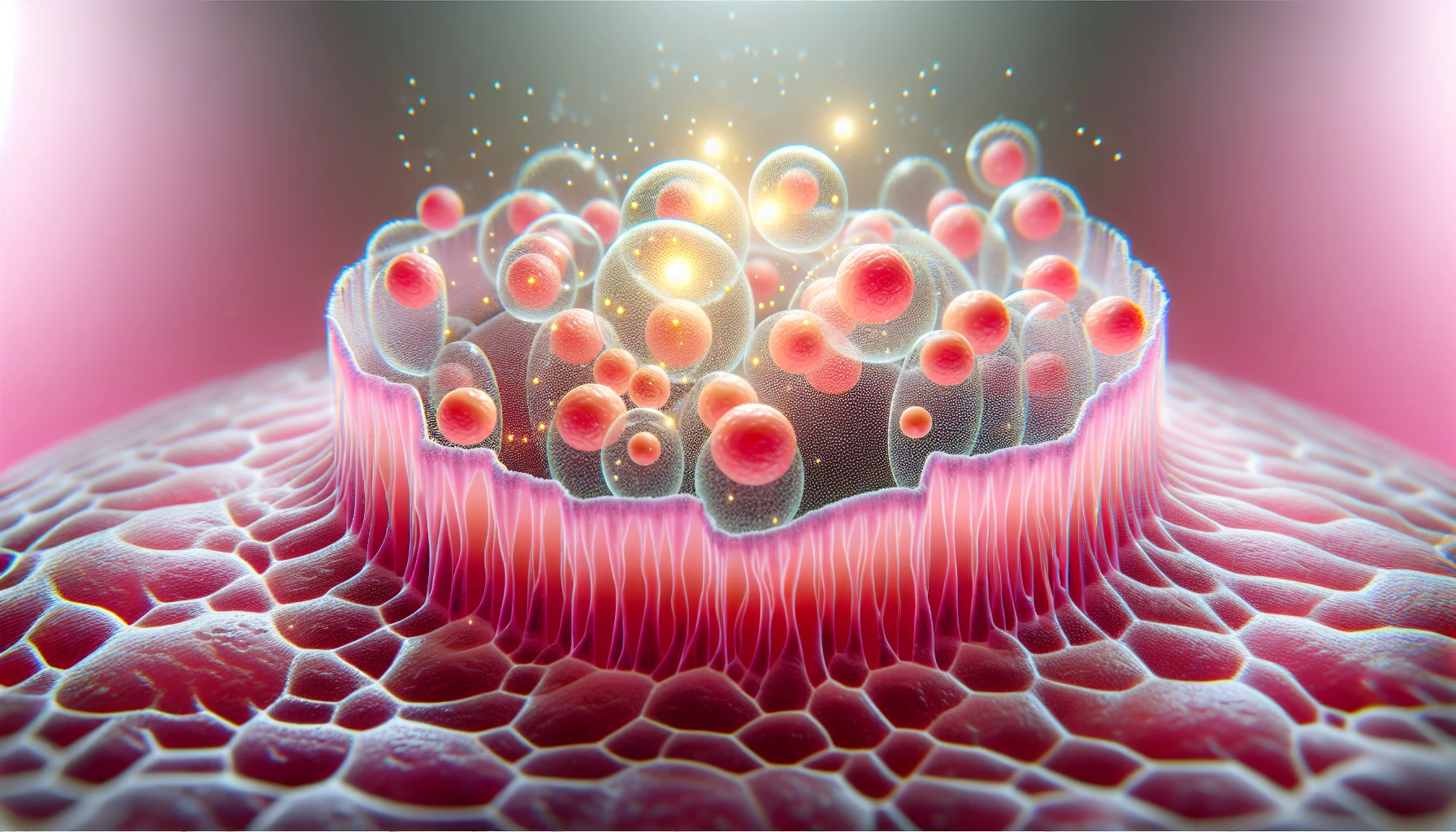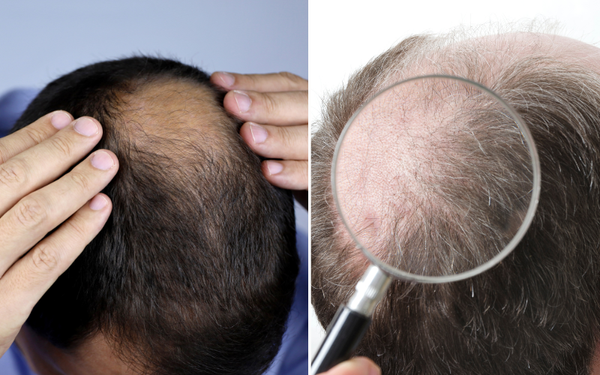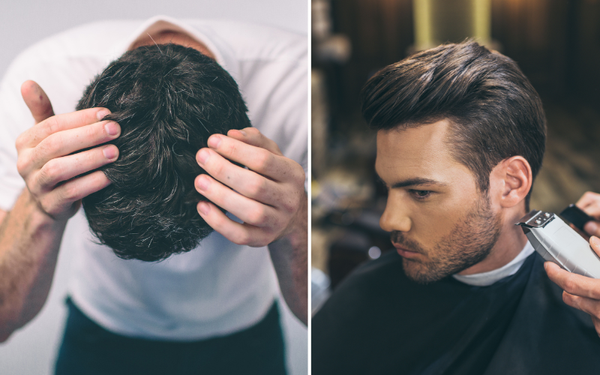Imagine having one powerhouse ingredient that could tackle multiple skin concerns, from hydration to inflammation and even acne. That’s the magic of niacinamide, a versatile and highly effective skincare ingredient that deserves a place in your routine. Ready to learn what does niacinamide do for skin? Let’s dive into the world of niacinamide and explore its incredible benefits.
Key Takeaways
- Niacinamide is a form of vitamin B3 with impressive skin benefits, suitable for all skin types.
- It can effectively help treat acne and other inflammatory skin conditions while strengthening the moisture barrier and improving texture.
- When using niacinamide, individuals should take necessary precautions to reduce potential side effects such as irritation or allergic reactions.
Understanding Niacinamide: The Basics

Niacinamide, a form of vitamin B3, has taken the skincare world by storm for its impressive array of benefits, ranging from increasing skin hydration to reducing inflammation and managing acne. This all-in-one superstar not only addresses various skin concerns but is also gentle on sensitive skin, making it suitable for all skin types.
But what sets niacinamide apart from other skincare ingredients? It’s all in the way it works on a cellular level, metabolizing into the coenzyme nicotinamide adenine dinucleotide (NAD+), which is believed to be the source of its skin-transforming properties.
Niacinamide vs. Nicotinic Acid
Vitamin B3 presents itself in two forms: niacinamide and nicotinic acid. While both offer skin health benefits, niacinamide takes the crown for being a safer and better-tolerated option. The reason behind this lies in their distinct chemical structures and the way they behave in the body. Nicotinic acid can cause skin flushing and irritation due to its vasodilatory effect, which increases blood flow to the skin. Niacinamide, on the other hand, bypasses this issue, making it a more favorable choice for your skincare routine.
The advantages of niacinamide over nicotinic acid go beyond just safety and tolerability. Niacinamide has been shown to:
- Combat acne and eczema
- Lighten skin
- Clear blemishes
- Decrease inflammation
- Reduce redness caused by conditions such as acne, rosacea, and eczema
With its gentler nature and multitude of benefits, it’s no wonder niacinamide has become a highly sought-after ingredient in the world of skincare.
Topical vs. Oral Niacinamide
While niacinamide can be found in both topical and oral forms, each has its unique benefits and areas of effectiveness. Topical niacinamide is more directly absorbed by the skin, offering visible improvements in skin texture and barrier function. On the other hand, oral niacinamide has been shown to reduce the risk of certain skin cancers, such as melanoma and keratinocyte carcinoma, by stimulating DNA repair and reducing inflammation.
Your specific skin concerns and goals should guide your choice between topical and oral niacinamide. Both forms offer unique advantages, whether you’re targeting skin hydration and texture or looking to protect your skin from potential cancer risks. No matter the form of niacinamide you choose, you can be confident that you’re making a smart choice for your skin health.
The Multifaceted Benefits of Niacinamide for Skin

Niacinamide excels in multitasking, providing numerous skincare benefits. Its ability to strengthen the skin’s moisture barrier, reduce inflammation, and control sebum production makes it a go-to ingredient for tackling various skin concerns, from uneven skin tone to acne-prone skin. But the wonders of niacinamide don’t stop there.
This potent skincare ingredient is known to visibly reduce fine lines and wrinkles, improve skin texture, and offer a brightening skin tone effect, providing a more youthful and radiant appearance by combating skin aging and contributing to skin cancer chemoprevention.
Strengthening Skin's Moisture Barrier
Niacinamide plays a significant role in maintaining the skin’s moisture barrier, a key element for a healthy and glowing complexion. It works by enhancing the production of ceramides, fatty acids, and other lipids that keep the skin barrier intact. This reinforcement prevents water loss, improves hydration, and reduces dryness, ultimately strengthening the skin’s moisture barrier and leaving your skin feeling soft and supple.
A healthy skin barrier not only helps to retain skin-smoothing moisture but also protects against external aggressors, such as pollution and irritants. Research has shown that topical niacinamide promotes a healthy skin barrier and even provides anti-aging benefits, making it a powerful ally in maintaining a youthful and radiant complexion.
Tackling Acne and Inflammatory Skin Conditions
Niacinamide proves beneficial if you grapple with acne or other inflammatory skin conditions. It effectively helps treat acne by regulating sebum production, reducing inflammation, and inhibiting protein glycation, which can contribute to acne and inflammation. Its anti-inflammatory properties make it a viable option for treating inflammatory skin conditions such as rosacea and eczema, soothing redness and discomfort.
In addition to its acne-fighting abilities, niacinamide also helps minimize pore size by preventing pores from becoming enlarged and blocked. With consistent use, you can expect to see smaller, less visible pores, an even skin tone, and an overall healthier complexion. Give niacinamide a try, and you might just discover the solution to your skin concerns.
How to Incorporate Niacinamide into Your Skincare Routine

Integrating niacinamide into your skincare routine is straightforward, given its availability in various products and compatibility with other skincare ingredients. From serums and moisturizers to targeted treatments, there’s a niacinamide product to suit every skin type and concern.
To get started, simply look for products containing niacinamide and follow the guidelines below to ensure you’re using it effectively and safely.
Choosing the Right Niacinamide Product
Considering the concentration of niacinamide and any added beneficial ingredients is important when selecting a niacinamide product. Generally, skincare products contain 5% niacinamide or less, which is well-tolerated and effective for most individuals. If you have sensitive skin, it’s best to start with a lower concentration of product. You can gradually increase the concentration if your skin can tolerate it..
Aside from concentration, also look for products that contain complementary ingredients, such as alpha hydroxy acids (AHAs), hyaluronic acid, or salicylic acid. These ingredients can work synergistically with niacinamide to enhance its benefits and provide even better results.
Layering Niacinamide with Other Skincare Ingredients
Niacinamide can be easily incorporated into your existing skincare routine, as it plays well with most other ingredients. You can layer niacinamide with anti-aging formulas containing vitamin C or moisturizers with ceramides for added benefits. However, it is recommended to avoid using niacinamide and vitamin C together at the same time, as they may counteract each other’s effects.
When applying your skin care products, follow the general guideline of this skin care routine:
- Cleansing
- Toner
- Serums (including niacinamide)
- Moisturizer
- Sunscreen
By layering niacinamide with other compatible ingredients, you can maximize its benefits and enjoy a more radiant, youthful appearance.
Potential Side Effects and Precautions
Despite niacinamide being generally safe and well-tolerated, consideration should be given to potential side effects and precautions. Some individuals may experience a flushing effect or mild irritation when using niacinamide topically or taking it as an oral supplement. It’s essential to be mindful of any reactions and discontinue use if necessary.
Oral Niacinamide: Gastrointestinal Issues and Skin Redness
Excessive intake of oral niacinamide may lead to gastrointestinal issues and skin redness. Common symptoms associated with gastrointestinal disturbances include stomach discomfort, nausea, and an upset stomach. These side effects are typically temporary and not permanent, resolving on their own without intervention.
Starting with a low dose of oral niacinamide and gradually increasing it if necessary can help minimize the risk of side effects. Always follow the recommended dosage and consult with a healthcare professional if you have any concerns or experience adverse reactions.
Topical Niacinamide: Irritation and Allergic Reactions
While topical niacinamide is generally safe for most individuals, it can cause irritation or allergic reactions in some cases. Factors that may increase the risk of irritation or allergic reactions include high concentrations of niacinamide, application to sensitive areas of the skin, and individual sensitivity or allergies to niacinamide.
To minimize the risk of irritation or allergic reactions, perform a patch test before incorporating niacinamide into your skincare routine. If any negative reactions, such as rash or irritation, occur, discontinue use and consult a healthcare professional for guidance.
Summary
Niacinamide is a true skincare powerhouse, offering a wide range of benefits that cater to various skin concerns and types. Its ability to strengthen the skin’s moisture barrier, reduce inflammation, and tackle acne and other inflammatory skin conditions make it an invaluable addition to any skincare routine. Whether used topically or taken orally, niacinamide can provide visible improvements in skin texture and tone, giving you the confidence to put your best face forward.
Frequently Asked Questions
What is niacinamide, and what are its main benefits for the skin?
Niacinamide is a form of vitamin B3 that can help improve skin texture, tone and radiance. It strengthens the skin's moisture barrier, reduces inflammation, and controls sebum production.
Can niacinamide be used with other skincare ingredients?
Yes, niacinamide can be used with other skincare ingredients such as AHAs, hyaluronic acid and salicylic acid. However, it is best to avoid using it with vitamin C.
How long does it take to see results from using niacinamide?
Results from using niacinamide can be seen within 2-12 weeks of consistent use.
Are there any side effects or precautions to consider when using niacinamide?
Niacinamide is generally safe and well-tolerated, but it's important to perform a patch test before use. Those who experience a flushing effect or irritation should discontinue use immediately.
How can I incorporate niacinamide into my skincare routine?
To incorporate niacinamide into your skincare routine, look for products containing it and apply them daily after cleansing and toning. Layer niacinamide with other compatible ingredients for optimal results.
You Might Also Like...










